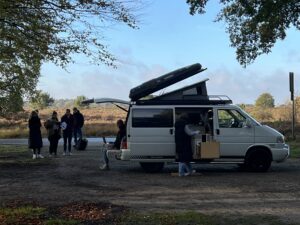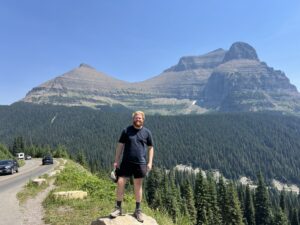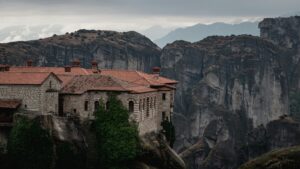Meet Kasper: Our Fixer in the Netherlands!
Right now, we’re running two interview series here on the blog – one featuring our fantastic Fixers and Producers from around the world, and the other highlighting our amazing clients.
First up – meet our brilliant Fixer, Kasper, based in the Netherlands!
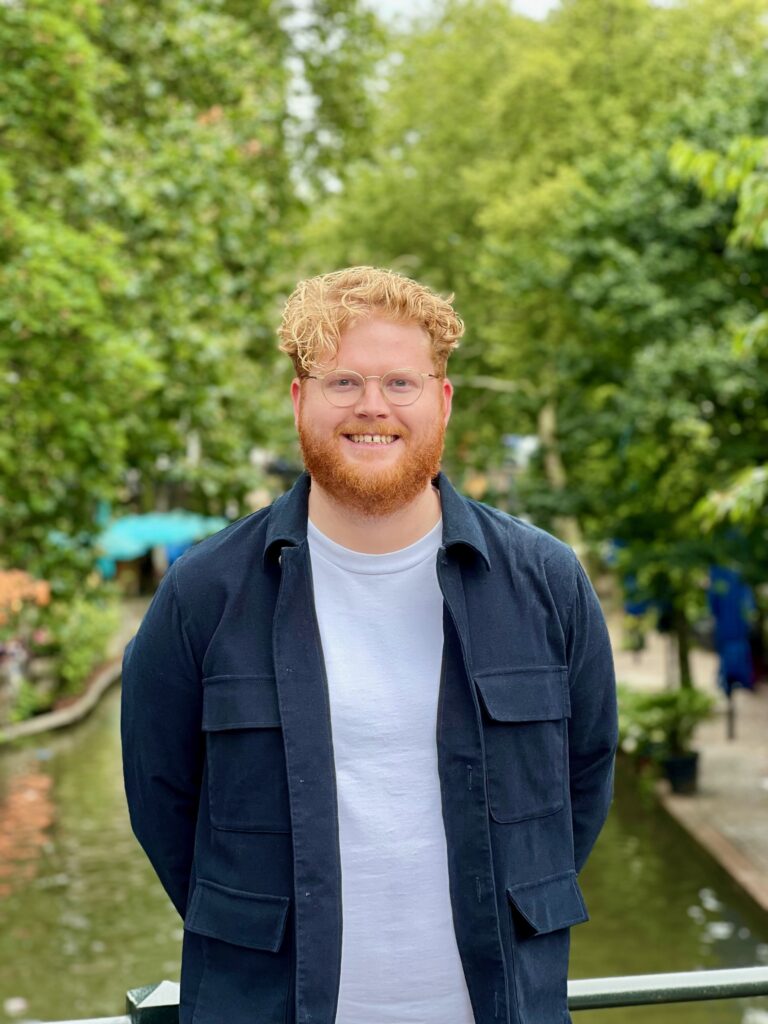
Can you tell us about your background and how you became a Fixer/Producer. How does your experience benefit Swixer’s clients?
After completing my studies at the University of Arts in Utrecht, I started out as a junior producer at an agency/production company. This role gave me a foundation, but I soon found myself drawn to larger projects. This led me to join a bigger production company working on large-scale projects and commercials. A year into that role, a friend and mentor convinced me to take the leap into freelancing. One of the best and scariest decisions I have ever made but it opened doors to major international productions. From there I was able to work with brands like Disney, IKEA, Apple, Heineken, Phillips, and Starbucks.
Working with such a diverse range of clients from different parts of the world taught me invaluable lessons. Each team brought its own style, workflow, and expectations, and over time, I learned how to adapt and anticipate their needs. This flexibility and understanding are what I bring to Swixer’s clients. I can quickly grasp what’s important to them, not just from a technical perspective but also in terms of communication and workflow.
Ultimately, my background has provided me with a broad toolkit that allows me to navigate challenges smoothly, ensuring that the productions run efficiently and meet client expectations.
Could you share a success story where your local knowledge and problem solving made a huge impact on the success of a client’s shoot?
Over the years, I’ve definitely seen some interesting requests. One that stands out is when a client wanted to film in Amsterdam’s Red Light district. It’s not just a matter of getting permission from the municipality—there are a lot of stakeholders involved, including local businesses that could be indirectly affected. The area is quite closed off to outsiders, so pulling this off required a mix of local connections and careful negotiation. Being familiar with the right people, processes and knowing which crew members to rely on made all the difference in making that shoot possible.
A more recent memorable request came from a client who wanted to drive a two-story tour bus over the narrow canal bridges in Amsterdam. As you can imagine, that idea came with a few logistical challenges. Knowing how the municipality operates, who to contact and which crew to work with was key in making this happen.
And then, of course, there are the usual last-minute shoots that seem a challenge to pull off. In those cases, having a deep understanding of where to go and who to ask can make the difference. It’s all about knowing how to navigate local systems efficiently under pressure, which has saved many productions in the past.
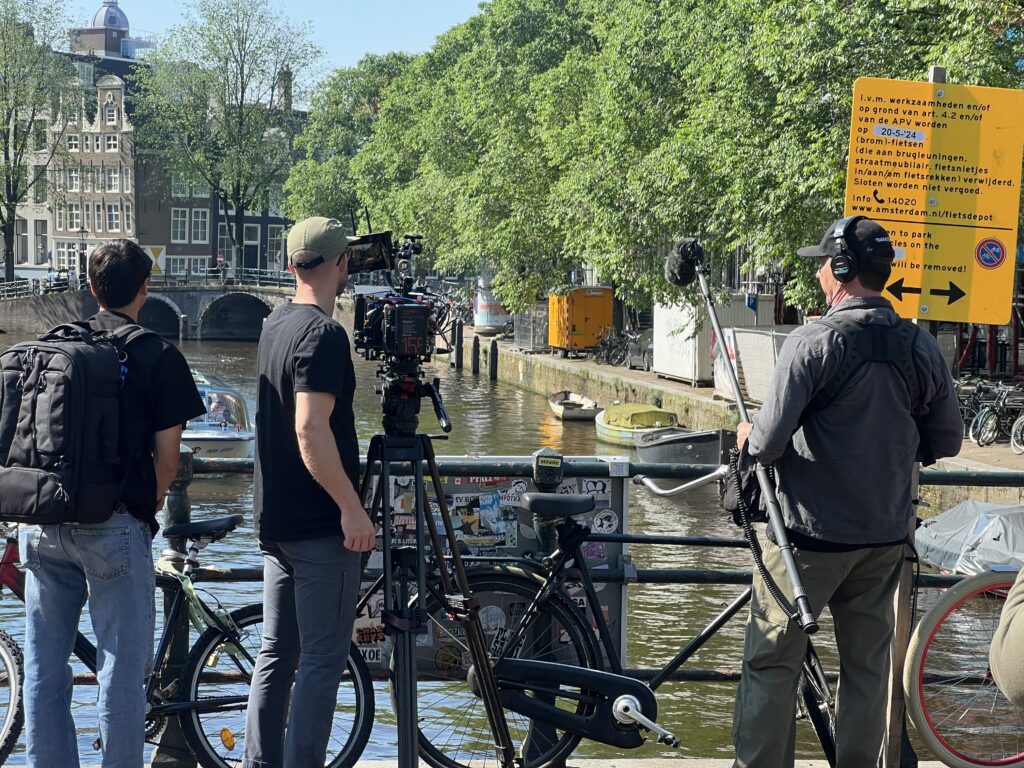
How do you ensure that every project meets or exceeds client expectations?
I’m a firm believer in staying organized and minimizing preventable issues. I prefer to keep in close contact with both the client and the local crew, ensuring everyone is clear on what we’re doing and how we’re doing it. At the same time I also believe it’s important to adjust to the client’s pace. In most cases, when we first get in touch, the project is still developing. I’ll try to anticipate the basics and fill in the gaps as more details come in. It is important not to bombard everyone with endless questions while they’re still figuring things out themselves. It’s all about keeping things manageable and, most importantly, fun. After all, visiting the Netherlands should be an enjoyable process for everyone involved.
What has been the most challenging project you’ve worked on for a Swixer client? How did you resolve the challenges to ensure the client’s needs were met?
I’d say one of our most recent project was the most challenging so far. It was a multi-day shoot where each day involved a different group of producers and stakeholders from the client’s organization. This meant we had to treat each shoot day as its own production, while also making sure there was enough overlap between days to manage the project as a whole. It was a bit like juggling multiple productions at once.
In situations like this, having a solid team around you is absolutely essential. With a talented crew and thorough preparation, you can handle any last-minute surprises—like when a client’s touring car breaks down or when they request several extra PA’s on set on the shoot day itself. Because we were well-prepared, we could tackle these issues without disrupting the overall production. For me, it’s all about staying flexible and ready to adapt to whatever comes your way.
What do you focus on to make sure that international clients working with local teams experience a seamless production process?
I believe a seamless production starts with good communication and a mutual understanding of the differences between the client’s style/ culture and how things function locally here in the Netherlands. From the very beginning, I focus on bridging those gaps to avoid any misunderstandings. It’s also about making sure the right crew is matched to the job—not everyone is a perfect fit for every project. I always consider who’s best suited for the client’s needs. By staying tuned into both sides and clearly communicating expectations, I make sure the production blends seamlessly.
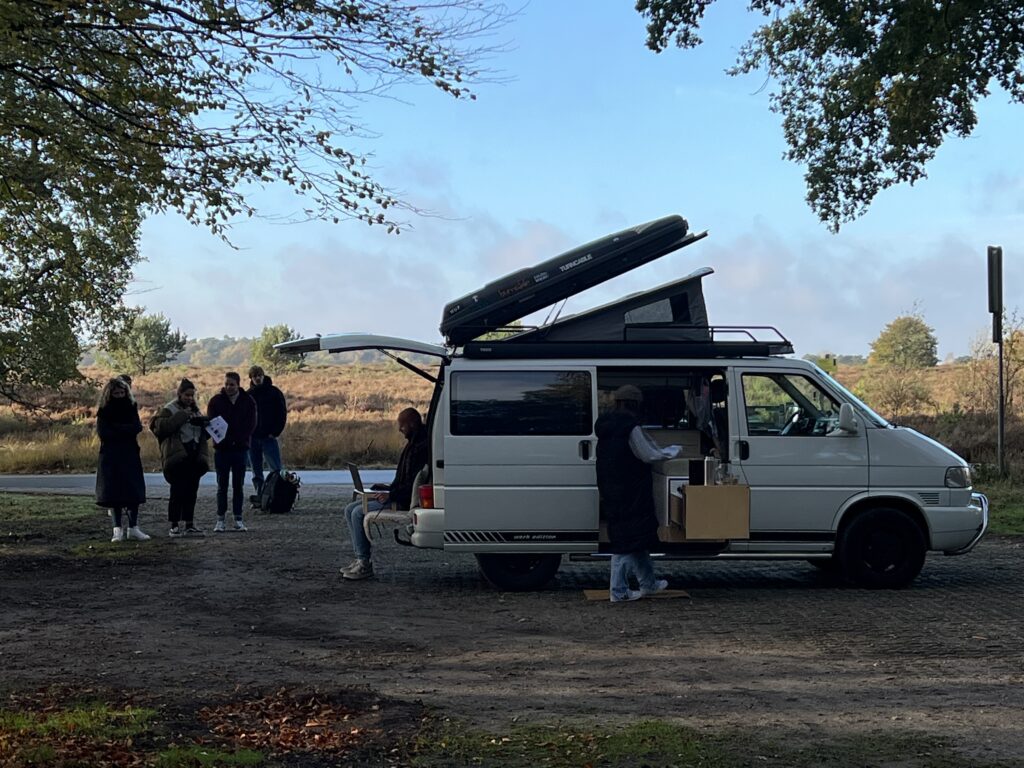
How do you ensure excellent communication between the client, local crews, and other key stakeholders throughout the production?
Generally I adapt my communication approach to suit the needs of the production. For some projects, communication through WhatsApp or iMessage works best to keep things moving smoothly. For others, especially more complex productions, I prefer more traditional ways like email and detailed production documents to ensure everyone is aligned. The key is flexibility—finding the right balance between keeping things efficient and making sure it fits the project.
Can you describe how you’ve helped international clients navigate local regulations, permits, or cultural differences to ensure a smooth production experience?
When it comes to permits in the Netherlands, I believe in being clear and upfront right from the start. As soon as I receive the project brief, I always make sure to go over some important basics. For example, flying a drone in places like Amsterdam requires specific permits, which most foreign drone operators won’t have. Also, apart from Amsterdam or Rotterdam, filming permits can be trickier to navigate.
When dealing with cultural differences, it’s crucial to choose the right crew for the right project. Not every team is a perfect fit, so I make sure to match the crew to the client’s needs. Outside of that, I do my best to “translate” the Dutch way of communication when needed, ensuring everything runs smoothly on set.
How does working with Swixer benefit international clients?
I’d say that Swixer brings a wide range of knowledge through its teams and individual producers. Whether it’s navigating local regulations or understanding cultural differences, Swixer’s experience ensures that the right expertise is always on hand. Plus, if your project crosses borders, Swixer makes that transition seamless, so you can rely on the same high-quality support wherever you’re filming.
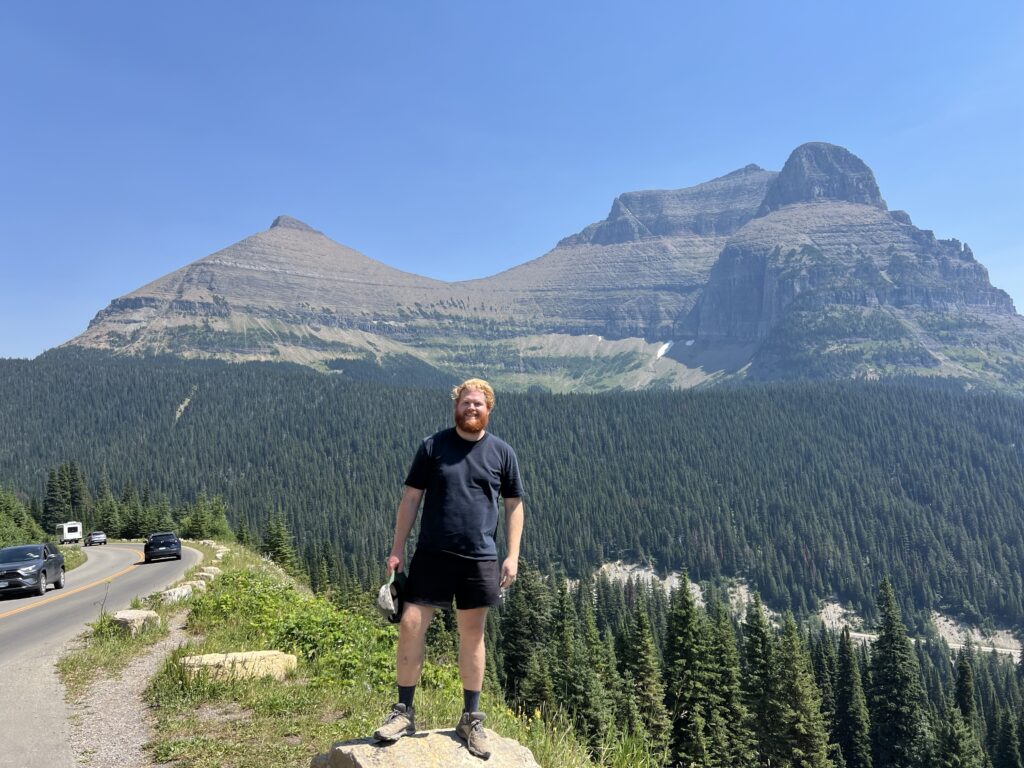
How do you handle high-pressure situations to ensure that the client’s project stays on track, no matter the challenges?
I think it’s important to keep things fun, even when the pressure is high. Staying positive helps. Trust in your experience and team is especially important. With the right people and preparation, most challenges can be handled smoothly, keeping the project on track no matter what comes up.
What feedback do you most often receive from clients after a successful project?
Clients appreciate our positive and efficient way of working. On a personal note, I make it a priority to ensure that their experience in the Netherlands is enjoyable. It’s not just about getting the job done, but also making sure they have a good time while they’re here.



